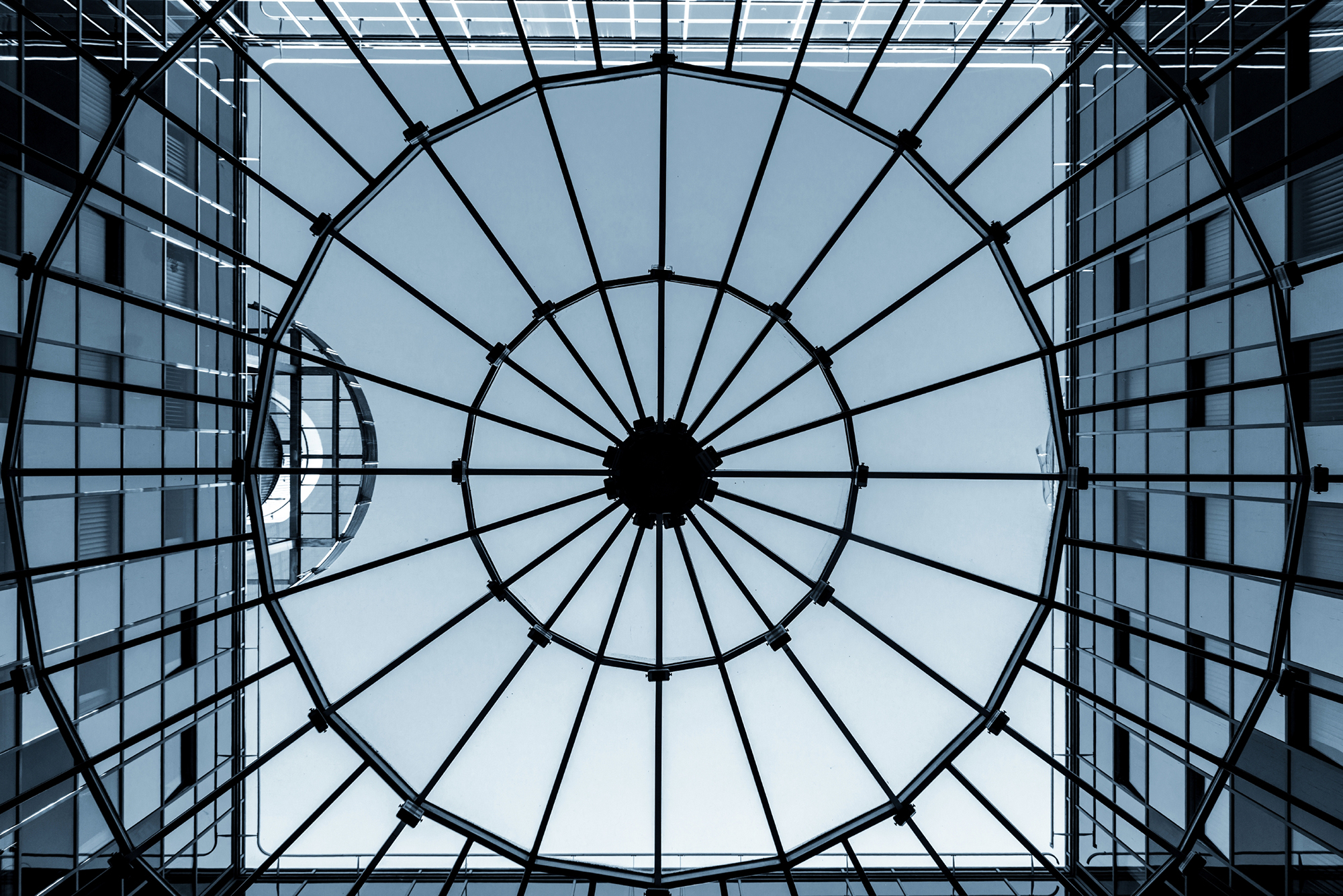Contribution to the revision of the ETS State aid guidelines
On 14 January 2020, the European Commission released a public consultation on draft EU guidelines on certain State aid measures in the context of the greenhouse gas emission allowance trading scheme, hereinafter the ‘draft ETS State aid guidelines’. The consultation suggests an approach for the compensation of indirect costs and proposes a list of eligible sectors based on newly proposed eligibility criteria and the EC’s calculation methodology.
By way of this contribution, Glass for Europe, the trade association of Europe’s flat glass sector, wants to comment on the newly proposed eligibility criteria and the Commission’s assessment methodology. It is Glass for Europe’s belief that both the criteria and methodology are not fit for purpose. In particular, Glass for Europe would like to stress that:
- The quantitative eligibility criteria should be based on a unique criterion, i.e. the indirect carbon leakage indicator, to be coherent with the EU ETS Directive and the definition of risk of carbon leakage.
- Data used for the assessment of risk of carbon leakage must strictly match the perimeter of ETS activities. When NACE-4 data do not allow a distinction between ETS and non-ETS activities, a more disaggregated assessment should be realised.
- Qualitative assessments should be possible for those sectors mis-represented by a NACE 4 quantitative assessment.
Glass for Europe answered to DG Competition’s targeted consultation on ETS State aid guidelines, on 9 April 2019, by providing data and analysis covering the ETS activities under the NACE code 23 11. To answer to this consultation, Glass for Europe mandated Ricardo, an independent consultant, to collect the adequate data at companies’ level. The data aggregated and computed by Ricardo shows an indirect Carbon Leakage indicator estimated at 0.249. This indicator, which factors both indirect emission intensity and trade intensity, is the marker of a real risk of carbon leakage due to indirect emission costs.
Glass for Europe therefore believes that the flat glass sector should qualify as a sector at risk of carbon leakage due to indirect emission costs and should be eligible for state aid compensation.
1. The quantitative assessment should be based on a unique criterion
In the factsheet[1] accompanying the ETS State aid guidelines, it is said that the “EU ETS State aid guidelines aim at reducing the carbon leakage risk related to indirect ETS costs and incentivising the modernisation of production processes”. Concerning this first objective, and looking at the contribution Glass for Europe provided to DG Competition, it is clear that the flat glass sector is at risk of carbon leakage due to indirect emissions, as the indirect carbon leakage indicator for the flat glass sector is estimated at 0.249, well above the proposed threshold of 0.2.
Glass for Europe challenges the need for two additional criteria. For instance, the proposed criterion of a trade intensity above 10% is largely met by the flat glass sector. However, this criterion when taken independently from the indirect carbon emission intensity, is valueless. It is not as such a sign of carbon leakage risk, as demonstrated by the ETS directive, establishing the rules for the fourth trading period, which ruled out trade intensity as a stand-alone criterion.
The second additional criterion proposed by the European Commission, i.e. an indirect emission intensity above 1kg CO2 / € GVA, seem to have been established for the pursuit of the second objective, i.e. the modernisation of production processes. However, high indirect emission intensity criterion runs counterproductive to the objective since it has the effect of limiting eligibility to the few sectors that are historically highly electro-intensive, independently of any modernisation effort. On the contrary, those sectors, like flat glass manufacturing, which still have a potential to increase the electrification of their processes are de facto disqualified. This criterion sends a negative signal to energy-intensive industries willing to electrify their processes, and it will slow-down their modernisation efforts, at odd with the objectives of the new European Green Deal.
Glass for Europe therefore calls on maintaining a unique criterion to evaluate the risk of carbon leakage that factors both emissions intensity and trade intensity together, as was established for the EU ETS Directive.
2. Data used for the assessment of risk of carbon leakage must strictly match the perimeter of ETS activities
The EU ETS directive clearly defines activities covered by its scope. In the case of flat glass manufacture, NACE code 23.11 comprises both activities subject to the EU ETS and activities outside the scope[2]. For this reason, any assessment of flat glass manufacture realised at NACE 4 level without correction for activities outside the scope of the EU ETS systematically provides a wrong picture of the dynamics at play in the sector and under-estimates risks of carbon leakage. This flaw was not considered by the European Commission in its initial assessment hence incorrect figures being displayed.
In its answer to the targeted consultation last April, Glass for Europe provided DG Competition the data matching exactly the EU ETS perimeter with all subsequent explanations and evidence. The analysis conducted by the independent firm RICARDO was focused on the scope of ETS activities under NACE 23 11 and results obtained considerably differ from the data presented by the European Commission. The adequately focused analysis leads to a trade intensity reaching 34.3%, an indirect emission intensity of 0.727 kgCO2/GVA and an indirect carbon leakage indicator of 0.249.
Glass for Europe calls for any assessment of risk of carbon leakage, including that specific to indirect costs, to strictly match the perimeter of ETS activities. The case of the flat glass manufacturing sector needs to be re-evaluated.
3. Qualitative assessments should be possible for those sectors mis-represented by a NACE 4 quantitative assessment
The factsheet released with the consultation2 details how sectors most at risk of CL were defined. It corresponds to:
- sectors with significant international trade exposure,
- sectors significantly impacted by energy costs and with limited ability to pass on higher electricity costs,
- sectors with profit margins under pressure at international level,
- sectors with limited potential for improving their energy efficiency.
Looking at these criteria, the flat glass sector should be eligible for a qualitative assessment.
- The trade intensity of the flat glass sector has been evaluated by the European Commission at 23.4% at NACE level, while including non-ETS activities corresponding to certain PRODCOM codes. When focusing on ETS activities only, trade intensity reaches 34.3%.
- The flat glass sector is significantly impacted by energy costs, as confirmed in the report from the consultant Ricardo, circulated to DG competition. Basic flat glass is a commodity-like product, which entails fierce competition and an inability to pass-through costs to
- The profit margins of the flat glass sector are under pressure at international level, as basic flat glass manufacturing entails fierce competition, margins fluctuating with the demand and supply balance and swift reactions to sudden market force changes. EU-based flat glass manufacturers face increased competition from facilities outside of the EU. This was objectivized in a recent Cumulative Cost Assessment realised for the European Commission.[3]
- The production process and technologies used to produce float glass are largely the same across the sector, due to the widespread use of Best Available Technologies (BATs) defined in the Glass BREF[4]. The potential for improving energy efficiency at site level is limited, even when considering the substantial investments that take place in the sector.
Finally, as expressed under point 2, the risk of carbon leakage in the flat glass sector is mis-represented by the quantitative assessment realised by the European Commission at NACE 4 level, without correction for non-ETS activities. A qualitative assessment should be realised.
Glass for Europe calls on the European Commission to open the possibility for sectors whose risk of carbon leakage is misrepresented by the quantitative assessment, to undergo a qualitative assessment.
***
[1] https://ec.europa.eu/competition/consultations/2020_ets_stateaid_guidelines/factsheet_ets_state_aid_en.pdf
[2] According to the EC Guidance Document n°9 on the harmonized free allocation methodology for the EU-ETS post 2012, off-line « downstream » processes are outside of the EU-ETS scope while processes, which are not physically separated from the upstream process, such as on-line coating, is considered as falling under the EU ETS scope. Off-line coating operations and off-line coated glass products should be outside of the carbon leakage risk assessment. This leads to substantial differences in assessments since 80% of all coated glass products in the EU are coming from separated off-line coating installations.
[3] https://ec.europa.eu/growth/content/cumulative-cost-assessment-cca-eu-ceramics-and-glass-industry-published_en
[4] https://ec.europa.eu/jrc/en/publication/reference-reports/best-available-techniques-bat-reference-documentformanufacture-glassindustrial-emissions-directive




